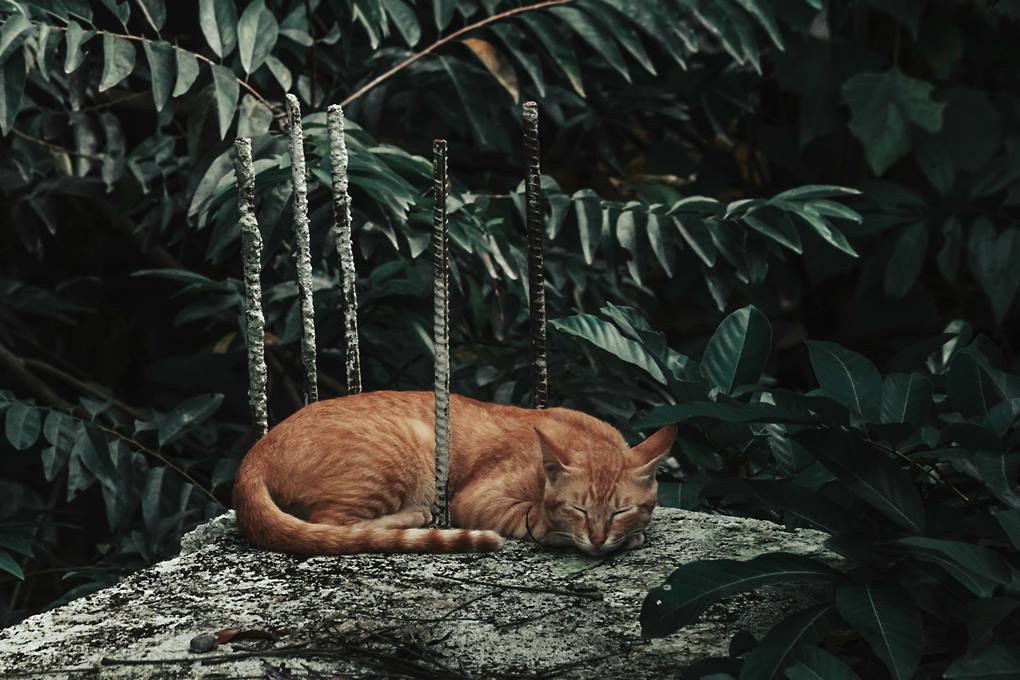In this Article
Cats are masters of subtlety, often hiding discomfort until it's severe. With more than 45 million U.S. households owning cats as of March 30, 2025 (American Pet Products Association), feline companions are more cherished than ever. But their stoic nature poses a challenge: The American Veterinary Medical Association (AVMA) estimates that 68% of cat owners miss early signs of illness, mistaking them for normal behavior. Early detection is critical - recognizing feline health warning signs can prevent minor problems from escalating into emergencies. This article, backed by 2025 Veterinary Insights, unpacks the subtle symptoms of common feline ailments, offers data-driven guidance, and empowers you to seek veterinary care when it matters most.
The stakes of early detection
Cats' survival instincts hide vulnerabilities, but delays can be costly. A Banfield Pet Hospital 2025 report analyzing 1.8 million feline patients found that early intervention for conditions such as kidney disease or diabetes extends life expectancy by up to 30%. Conversely, untreated problems spiral quickly: a urinary blockage, which affects 1 in 100 male cats annually (Cornell Feline Health Center, 2025), can be fatal within 24-48 hours if left untreated. With veterinary costs rising 9% since 2023 (APPA, 2025), catching problems early also protects your wallet while prioritizing your cat's well-being.
Important early signs of illness in cats
The symptoms of illness in cats are often underestimated. Here are the top indicators, based on 2025 research, to help you stay ahead.
1. Loss of appetite or reduced eating
Cats skipping meals isn't just pickiness-it's a red flag. The AVMA's 2025 Feline Health Survey shows that 65% of cats with chronic kidney disease (CKD) have a loss of appetite as their first symptom. CKD now affects 1 in 3 cats over the age of 10 (Banfield, 2025). A healthy adult cat eats 20-35 grams of dry food per kg of body weight daily (e.g., 80-140 grams for a 4-kg cat). Missing food for more than 12 hours risks hepatic lipidosis, a liver disease that affects 1 in 400 cats annually.
- What to watch for: Refusal to eat for more than 12 hours or eating half the normal amount.
- Possible causes: Dental disease (which affects 70% of cats over 3 years of age, according to AAHA 2025), GI upset, or organ failure.
2. Hiding or lethargy
Cats love naps, but excessive hiding or lethargy is a sign of trouble. The 2025 Pet Health Network survey found that 50% of owners overlook lethargy, yet it's a primary sign of feline leukemia virus (FeLV), which affects 3% of U.S. cats (ASPCA, 2025). A typical cat sleeps 12-16 hours a day; if yours exceeds 18 hours or avoids interaction, it's concerning.
- What to look for: Hiding in unusual places (such as under beds) or not responding to play.
- Possible Causes: Infection, anemia, or pain from arthritis (up 4% in cats over 12 years old since 2022).
3. Vomiting or diarrhea
Occasional hairballs are normal-once or twice a month-but frequent episodes are not. Veterinary Information Network (VIN) 2025 data show that 35% of feline GI cases are due to dietary changes, while 18% are related to serious problems such as inflammatory bowel disease (IBD), which now affects 1 in 200 cats (Cornell, 2025). Vomiting with weight loss is of particular concern.
- What to look for: Vomiting 2+ times in 24 hours, diarrhea over 36 hours, or blood in either.
- Possible causes: Parasites, toxins, or early cancer (diagnosed in 1 in 6 cats over 10, AVMA 2025).
4. Excessive thirst or urination
Increased water intake or litter box visits may indicate systemic problems. A 2025 Veterinary Record study reported diabetes in 1 in 180 cats, with early signs including drinking more than 100 ml/kg daily (e.g., 400 ml for a 4-kg cat versus a norm of 200). Urinary tract problems, which affect 8% of cats annually (AAHA, 2025), also contribute to this behavior.
- What to look for: Frequent water bowl visits or soaked litter clumps.
- Possible Causes: Diabetes, kidney disease, or lower urinary tract disease (FLUTD).
5. Respiratory shifts
Respiratory changes are urgent. The Cornell Feline Health Center's 2025 update notes asthma in 6.5% of cats, often starting with subtle wheezing. Heart disease, up 5% in senior cats since 2023 (AAHA), may present as a soft cough or rapid breathing (more than 30 breaths/minute at rest).
- What to look for: Open-mouth breathing, wheezing, or persistent cough.
- Possible causes: Asthma, infection, or cardiomyopathy.
Table: Early Signs of Illness in Cats (2025)
|
Symptom |
What to Observe |
When to Call the Vet |
|
Appetite Loss |
No food >12 hrs |
Immediately |
|
Hiding/Lethargy |
Hiding all day, no play |
After 24 hrs of no improvement |
|
Vomiting |
2+ times in 24 hrs |
After 2 episodes or if severe |
|
Excessive Thirst |
Drinking 2x normal amount |
Within 24–36 hrs |
|
Breathing Issues |
Wheezing or panting |
Immediately |
Note: Blood, collapse, or straining to urinate demands urgent care.
The Science of Feline Signals
Why these signs? Biology explains it. Loss of appetite in CKD reflects toxin accumulation, which reduces hunger (Dr. Emily Chen, Cornell Vet School, 2025 Catster interview). Hiding stems from a prey instinct to avoid vulnerability, while vomiting eliminates threats-but chronic cases suggest overload. Veterinary Emergency Group (VEG) 2025 data from 8,000 feline emergency room visits show that 70% of cases could have been milder with earlier intervention. For example, 85% of cats with urinary obstruction survive if treated within 24 hours, compared to 25% after 48 hours.
When to seek veterinary care
Timing is everything. The AAHA 2025 Feline Care Guidelines urge a veterinary visit if symptoms persist beyond 12-24 hours. Fasting beyond 12 hours risks hepatic lipidosis, with a 60% mortality rate if untreated (Cornell, 2025). Emergency signs-seizures, no urination-cut survival odds by 50% without immediate care (VEG, 2025). Log details: "Vomiting started March 23, 2025, 3 times by noon" supports diagnosis.
Proactive Cat Wellness
Prevention is the key. Biannual veterinary visits for cats over 7 years catch 90% of chronic problems early (Banfield, 2025). At home, weigh your cat monthly - a 10% drop (e.g., 4.5 kg to 4 kg) is a warning. The AVMA 2025 survey found that owners who tracked their habits were 45% more likely to catch problems early.
A 2025 case study
In January 2025, Luna, a 4-year-old tabby female, began hiding and skipping meals. Her owner, Mia, noticed this on January 15 and took her to the vet by January 17. Diagnosed with early FLUTD, Luna recovered by March 25, 2025, thanks to quick action - early signs do matter.
The bottom line
In 2025, when 1 in 4 cats will face a major health problem by age 10 (AVMA), vigilance is non-negotiable. Loss of appetite, hiding, or changes in breathing aren't quirks-they're cries for help. Armed with these insights, trust your gut, schedule a vet visit, and make sure your cat is thriving. Her well-being depends on your vigilance.

